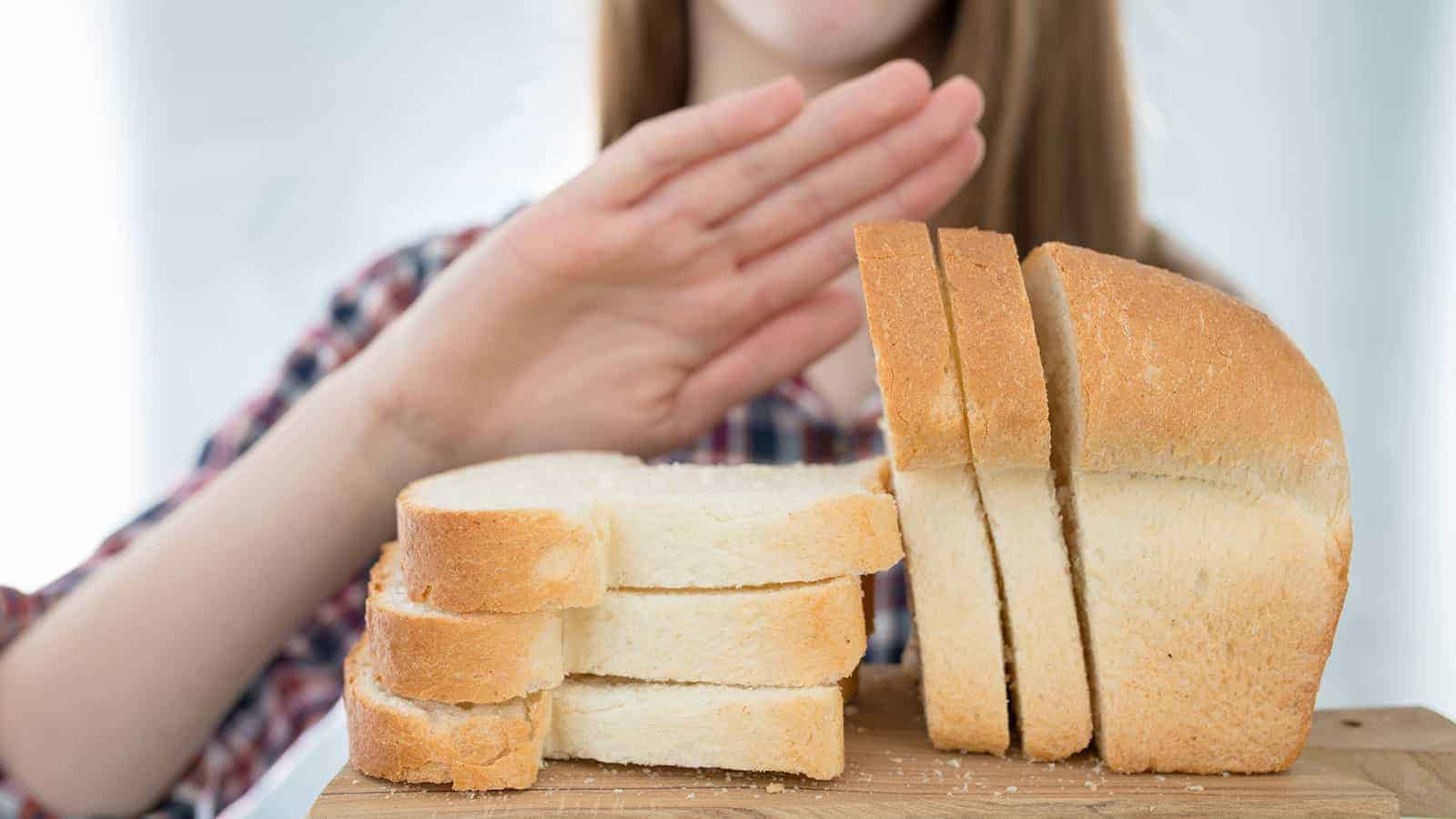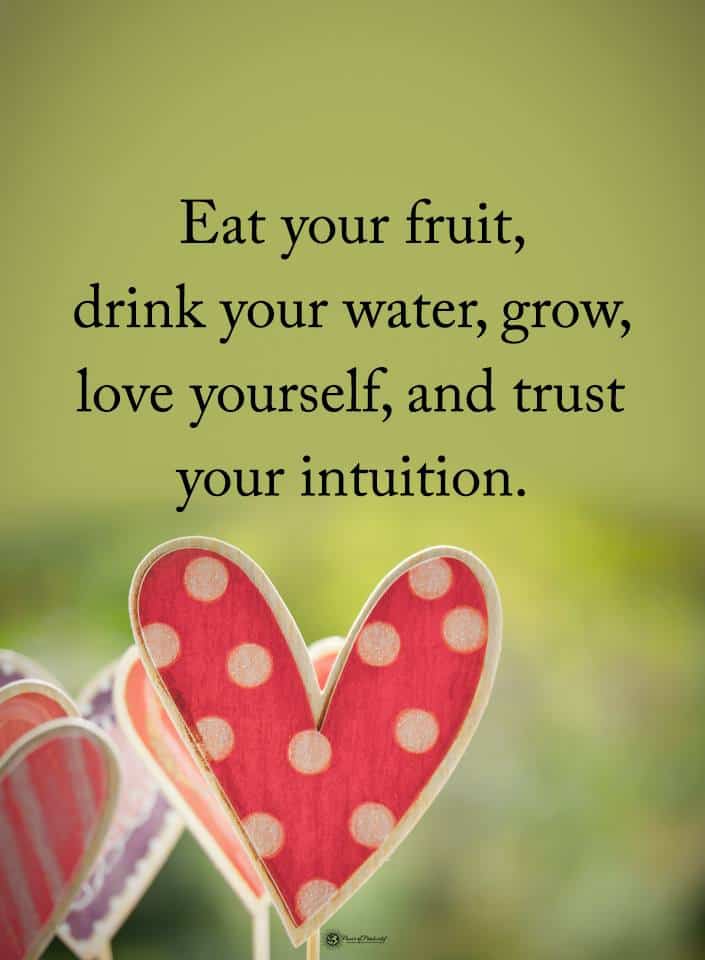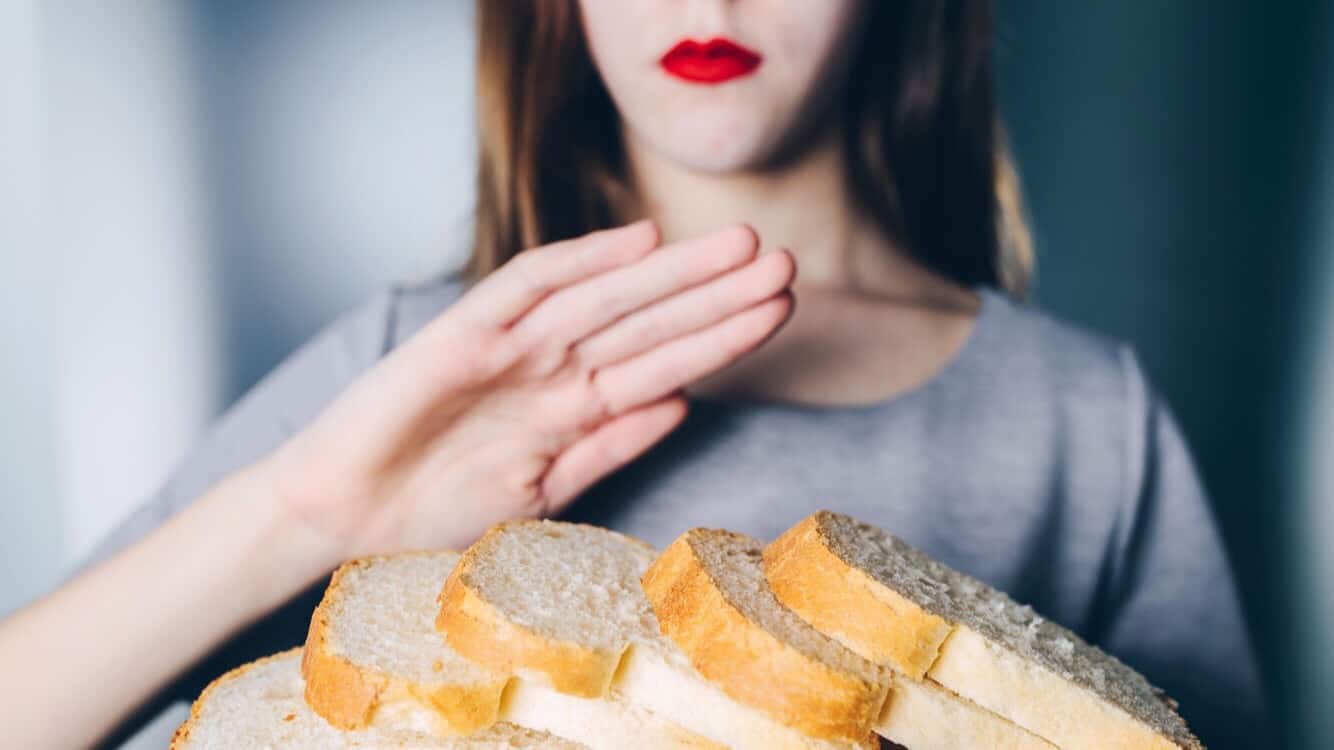If you are interested in the subject of Gluten-free eating, it is most likely that you have no choice in the matter. Most people who opt for a Gluten-free diet (GFD for short) do so because of a specific medical condition called Celiac disease (1).
This condition makes the human body unable to tolerate gluten. This means that wheat, barley, rye, and anything made from them are strictly off-limits. Even the smallest crumb of wheat bread (for instance) can trigger serious problems. If you happen to be diabetic, you should definitely have a doctor test you for Celiac disease, because about 10% of people with type 1 diabetes will also have Celiac disease (2).
Some people opt for this diet even if they do not have Celiac disease. Many of these people claim that they have experienced various health benefits after cutting gluten out of their diet. Many of them claim to have a sensitivity to gluten that has nothing to do with Celiac disease. For this reason, researchers have dubbed this new disorder as “Non-Celiac Gluten Sensitivity” or NCGS (3).
Step 1 to Being Gluten Free: Examine Your Current Diet
The first step is to take a look at your diet and determine what has to go. Pretty much every food product will have the ingredients listed on the package. This is required by law, but if need be, you can always look up the information online. A damaged label or a discarded outer package shouldn’t hinder you as long as you have internet access. You are looking for three things in particular: wheat, barley, and rye in any form (including derivatives).
Here you must buy a notebook and make two lists. One of these lists will contain the foods you can eat, and the other will contain the foods that you cannot safely eat. After a while, you will probably memorize the contents, but writing it down will help you to more quickly do so. Here are a couple of short lists to give you a start:
Safe Foods:
- Fruits
- Vegetables
- Fresh Eggs
- Fresh Meat/Poultry
- Fish
- Beans (unprocessed)
- Seeds and Nuts
- Most Dairy
- Rice
- Tapioca
Unsafe Foods:
- Almost All Breads
- Beer
- Crackers
- Most Desserts
- Cereals
- Cakes
- Pies
- Pancakes/Waffles
- Pasta
- Some processed meats
Step 2 to Being Gluten Free: Take A Trip To The Grocery Store
Cooking is, to some degree, a matter of creativity. So, you will need to determine what kinds of materials you can use. Since a gluten-free diet rules out many of the carbohydrate-rich foods that most of us are accustomed to, your cooking methods must change accordingly, and substitutes must be found. We will delve more into substitutes shortly, but for now, just take your notebook to the grocery store.
Go down the aisles and check the ingredients on any product that appeals to you. As you check their ingredients, update your list accordingly, so that you will have a better point of reference. Again, be sure to research anything about which you feel unsure. As you do this, be aware that most products will not specifically say that they contain gluten. However, if a product is labeled as “gluten-free,” you can be pretty sure that it actually is gluten free. The law forbids them from lying in this case, so that label is fairly trustworthy. As before, you are looking for wheat, barley, rye, and anything derived from them. Wheat will be your most common issue by far, as it is used much more extensively than the other two.
Step 3 to Being Gluten Free: Inform Friends And Family
As with all pack animals, humans often eat together as a social activity. As such, you should probably let all your friends and relatives (or at least those you see regularly) know about your GFD. This will help to ensure that you are not tempted with gluten-containing foods and that you do not accidentally ingest gluten at Christmas dinner or on some other occasion. A college environment also presents unique challenges.
For those who live with you, certain precautions will be required in order to avoid cross-contamination. These precautions shouldn’t be too much trouble. For instance, let’s say someone makes a sandwich on the kitchen counter, and they leave a few breadcrumbs behind. Then, someone else with a gluten intolerance comes along and prepares food on the same counter and has a reaction to the crumbs. Either household member could have avoided this problem simply by wiping off the counter.
Peer pressure is one of those things that affect all of us (even though we don’t want to admit this). Sticking to a gluten-free diet is a lot easier if those around you are not trying to impose their ideas upon you. Of course, I’m not telling you to cut your friends off for offering you some toast, but only to be aware that humans are pack animals, and thus we naturally want to do what the rest of the pack is doing.
Step 4 to Being Gluten Free: Research Substitutes
Having adjusted your diet, you can now look for substitutes. It is a good idea to wean yourself from bread products entirely so that you don’t even desire something that is harmful to you. However, once you have fully divorced yourself from bread, you should begin looking at substitutes like rice flour.
Technically, flour can be made from any dried and powdered substance. People have made flour from so many different things, that the list might amaze you. Of course, none of them will work exactly like wheat flour. Still, your options are numerous here(4).
Step 5 to Being Gluten Free: Research The Grey Areas
There are some non-food products that often contain gluten, such as certain cosmetics that use gluten products as a filler. Play-dough also contains gluten, making it a risk for gluten-sensitive children. Children have long been known to occasionally eat play-dough (don’t lie, you did it at least once) so keep it out of the house if your child cannot eat gluten. Some multivitamins also contain gluten, so always check the label.
Medications are another potential source of unwanted gluten. While the vast majority of medications contain little to no gluten, some of them have been known to use it as a base for other substances. This problem is not particularly difficult to deal with, however, because any good doctor will avoid giving you drugs that contain gluten. Just make sure that you always inform your doctor of your gluten intolerance, even if you are being treated for a totally unrelated condition.
Thankfully, you can double-check your doctor if you feel it necessary. The FDA requires proper labeling of gluten-containing drugs so that those with Celiac disease or NCGS can avoid them.
Certain food products exist in a grey area between “safe” and “unsafe.”
Soup is a good example. While most soups do not contain bread, some of them do use wheat as a base. This is something that you mostly see in cheaper brands, as wheat makes for a cheap and readily available filler. This is why some soups are gluten-free and some are not. Another good example would be vinegar. Malted vinegar contains gluten, and is thus to be avoided. However, apple cider vinegar and other non-malted vinegar is fine.
When it comes to candy, be especially careful because about half of the most popular types contain gluten. When you add candy products to your lists, make sure that you list them by the specific product name since there is so much variance.
Soy sauce and oats are different cases. These are examples of foods that do not contain gluten, but which are normally processed with foods that do contain gluten. Thus, this is another case where it will vary by brand.
Final Thoughts:
As you can see, a gluten-free lifestyle doesn’t need to be a difficult lifestyle. Once you get used to a few simple rules and precautions, it will become like second nature and will no longer require serious effort. So, let’s revisit the five easy steps:
- Examine your diet, throwing away anything made with wheat, barley, or rye. At the same time, prepare your “safe” and “unsafe” lists.
- Take a trip to the grocery store with your notebook and complete your lists.
- Inform your family and close friends that gluten is dangerous to your health. This is both so that they can avoid cross-contamination and so that you will feel less tempted to stray from your gluten-free lifestyle.
- Do some research on the various substitutions that can be used in place of your favorite gluten-containing foods.
- Consider and research the grey areas, such as non-food items that contain gluten, and food items that are only sometimes safe.
By following these five easy steps, you can transition into a gluten-free diet with minimal fuss and minimal risk. Try not to look at your condition as a problem. In a very real way, it is a problem, but it will not benefit you to think of it this way. Instead, look at it as a challenge, and an excuse to live a healthier life … something we should all be doing anyway.

















